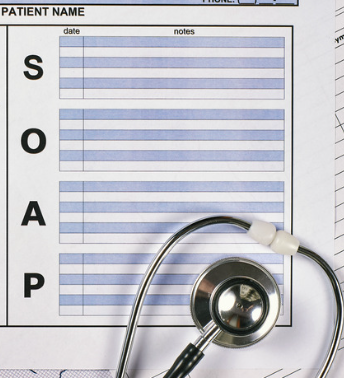
SOAP Note for the Healthcare System
Name: US Healthcare System
Date of Birth: July 4, 1776
Chief Complaint: The US has consistently failed to provide all its citizens with a centralized method of financing and distributing healthcare.
Subjective (History of Present Illness):
The United States healthcare system has a past “medical” history of being fragmented and problematic for many years. The main symptoms are the high rates of uninsurance and underinsurance that leave many Americans vulnerable to disease and destructive healthcare debt. Many have tried to treat these ailments with policy reform, but none have been successful in treating the etiology (high healthcare costs) continued to be unaddressed.
Other pertinent symptoms include:
- Rising healthcare costs and unexpected medical bills rank as the top financial worries of Americans.
- US citizens find it difficult to pay their medical bills.
- Many U.S. adults may be one unexpected medical bill from falling into debt.
- Health care affordability is a top issue with voters.
- The US does not fare well in terms of health outcomes.
Objective (Physical Exam, Labs and Diagnostic Tests):
- In 2021, the US spent 18.3% of its GDP on healthcare, compared with an average of 9.7% in other OECD countries (oecd.org)
- 1 in 4 US adults has had problems paying for healthcare in the last 12 months (KFF)
- Higher likelihood if they are younger, in poor health, or uninsured
- 1 in 4 US adults has postponed seeking medical care due to cost (KFF)
- 1 in 5 US adults say they haven’t filled a prescription due to cost (KFF)
- 1 in 10 say they cut pills in half or skip doses due to the cost
- 4 in 10 US adults report having debt due to medical or dental bills (KFF)
- Those with health insurance are not immune to problem
- Half worry about affording their monthly premium
- 21% have skipped getting the care they needed due to cost (KFF)
Impression: Data from US states demonstrate the relationship between healthcare cost and coverage.; the higher the healthcare costs, the higher the uninsured rate.
Assessment (Summary of the Medical Problem):
The US healthcare system has many problematic symptoms, some of the most concerning being the high rates of uninsurance and underinsurance. However, the etiology of these complaints is the high costs of medical care in the US. Thus far, the effects of all treatment efforts have been unsuccessful or transient.
Plan (Treatment):
- Diagnosis: A failing healthcare system.
- Etiology: high healthcare costs.
- Treatment
- Healthcare costs should be addressed simultaneously with universal coverage (Emanuel 2008).
- Cost control efforts are the best treatment of this condition. This will require the prescription of “comprehensive reform of both employer-based insurance and the dysfunctional health care delivery system” to be administered over “years of sustained effort” (Emanuel 2008).
Post a comment